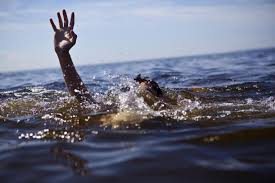
New Delhi, Dec 14: The World Health Organization (WHO) on Saturday called on countries in the South-East Asia region to strengthen measures to prevent drowning, which disproportionately affects children and the vulnerable population.
According to the first global status report of WHO, the South East Asia region reported 83,000 drowning fatalities in 2021, which accounts to 28 per cent of the global drowning burden and contributing substantially to the nearly 30 lives lost to drowning every hour globally.
About 43 per cent drowning fatalities in the region involved children aged 14 years or younger.
Saima Wazed, Regional Director, WHO South-East Asia, said that to save lives and ensure equitable safety for all, expanding and scaling up proven drowning preventive interventions across the region is not just essential, but a moral imperative.
“Children face heightened vulnerabilities due to inadequate supervision, limited swimming skills, and lack of water safety knowledge. For older children and adolescents, peer pressure, risk-taking behaviours, and substance use further increase their risk,” she stressed.
Non-fatal drowning incidents lead to severe long-term neurological complications and disabilities that require prolonged care. While most countries in the region have comprehensive drowning prevention strategies, much more needs to be done.
Drowning is the third leading cause of death for children aged 5–14 years, and the fourth leading cause of death for children aged 1–4 years.
The WHO regional director emphasised on strengthening governance, having a dedicated lead agency to implement drowning prevention activities, enhancing cross-sectoral collaboration, strengthening drowning data and implementing evidence-based community-level interventions for drowning prevention.
“Drowning prevention is fundamentally an issue of equity. By prioritizing vulnerable populations, fostering innovative leadership, and embracing global collaboration, countries can significantly reduce drowning deaths. With sustained commitment and collective action, we can ensure that everyone, everywhere, can live safely around water,” said Wazed.
